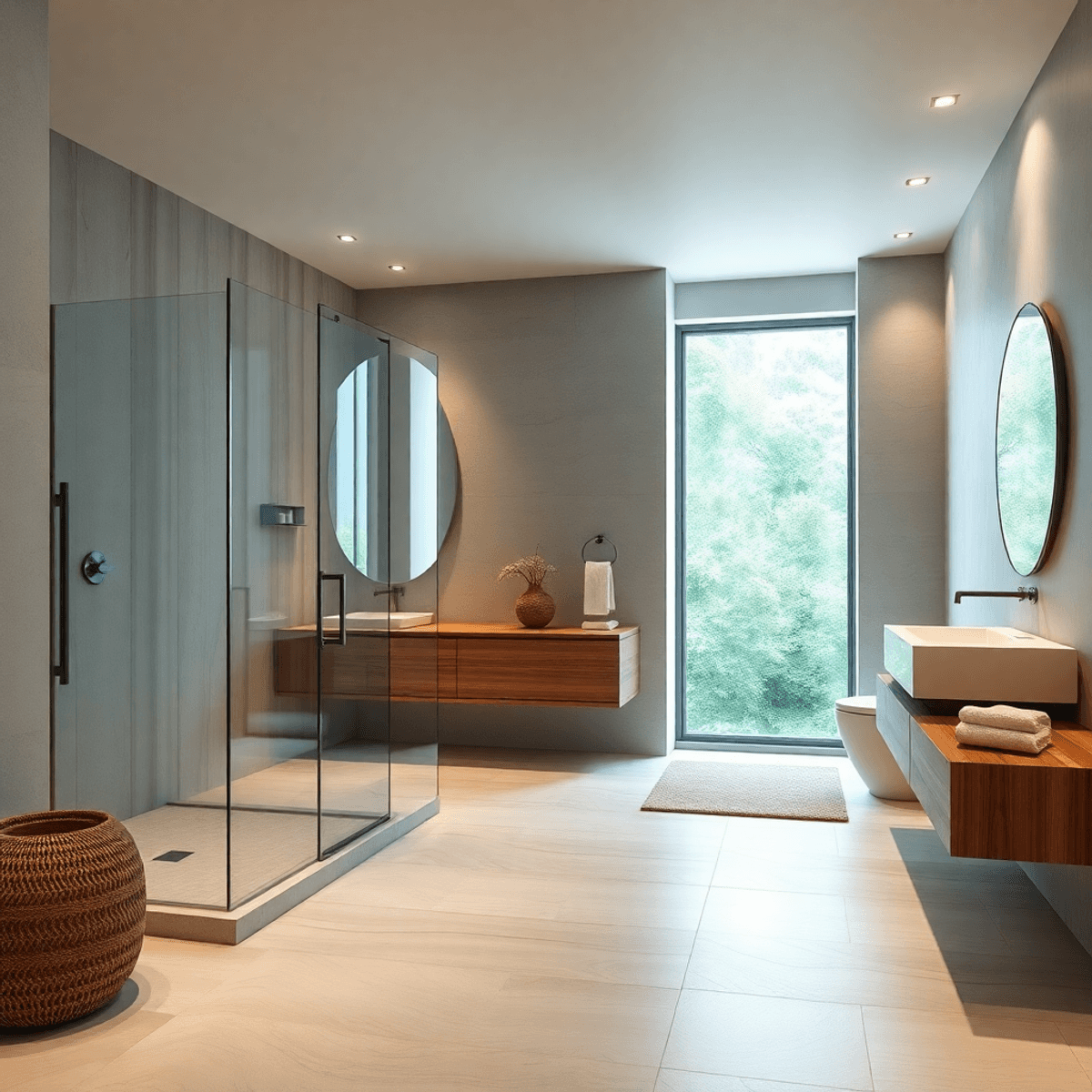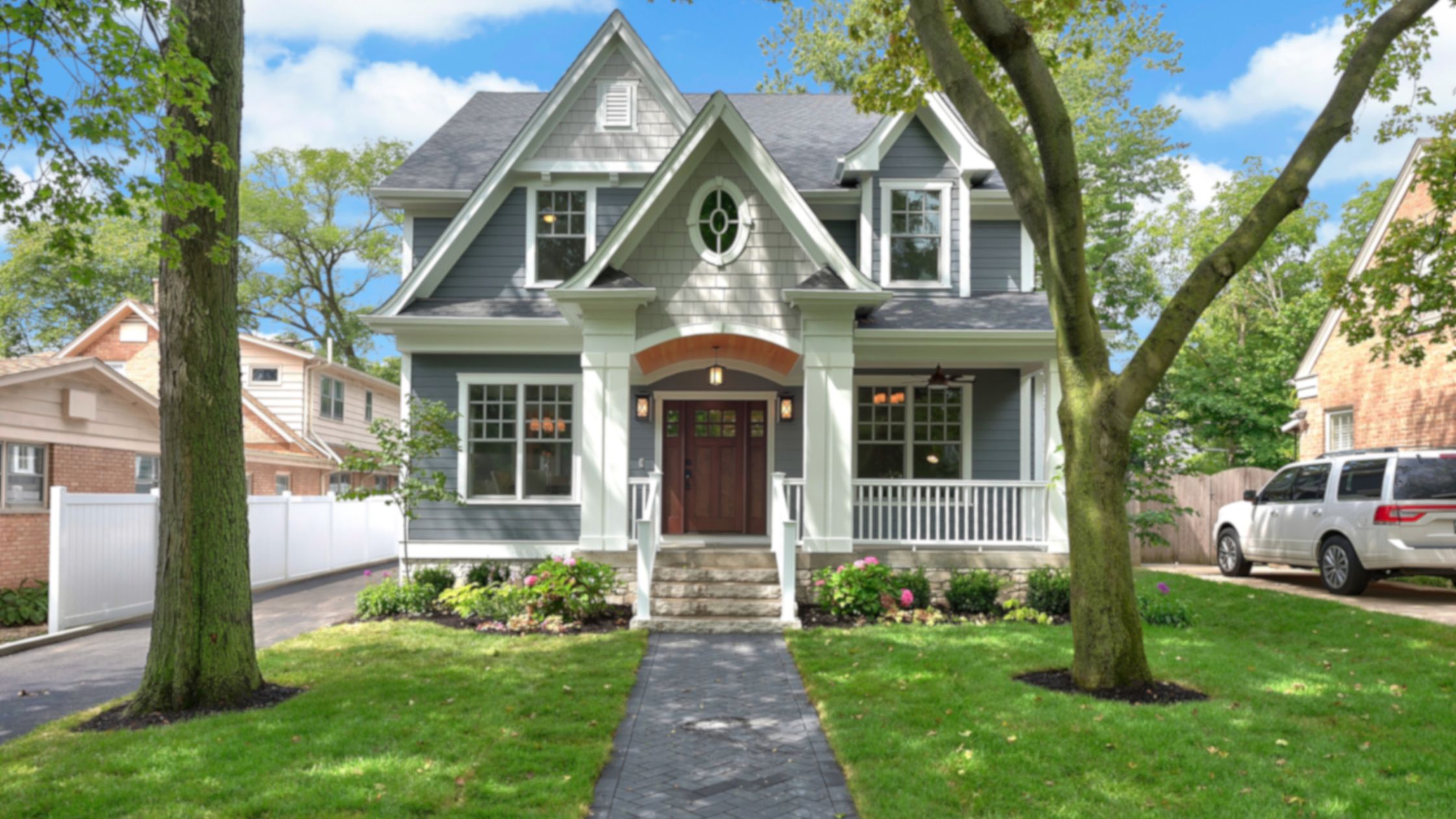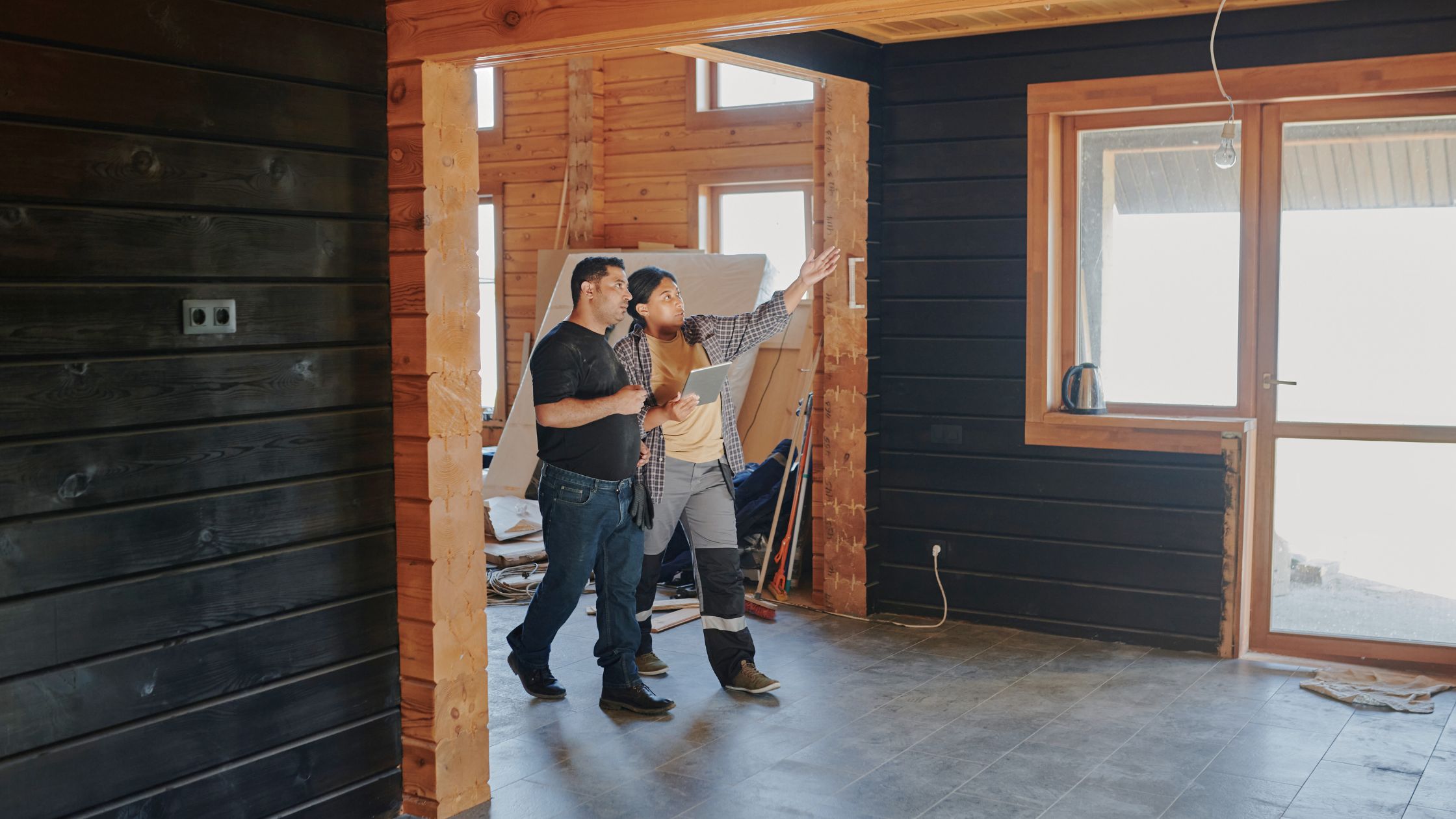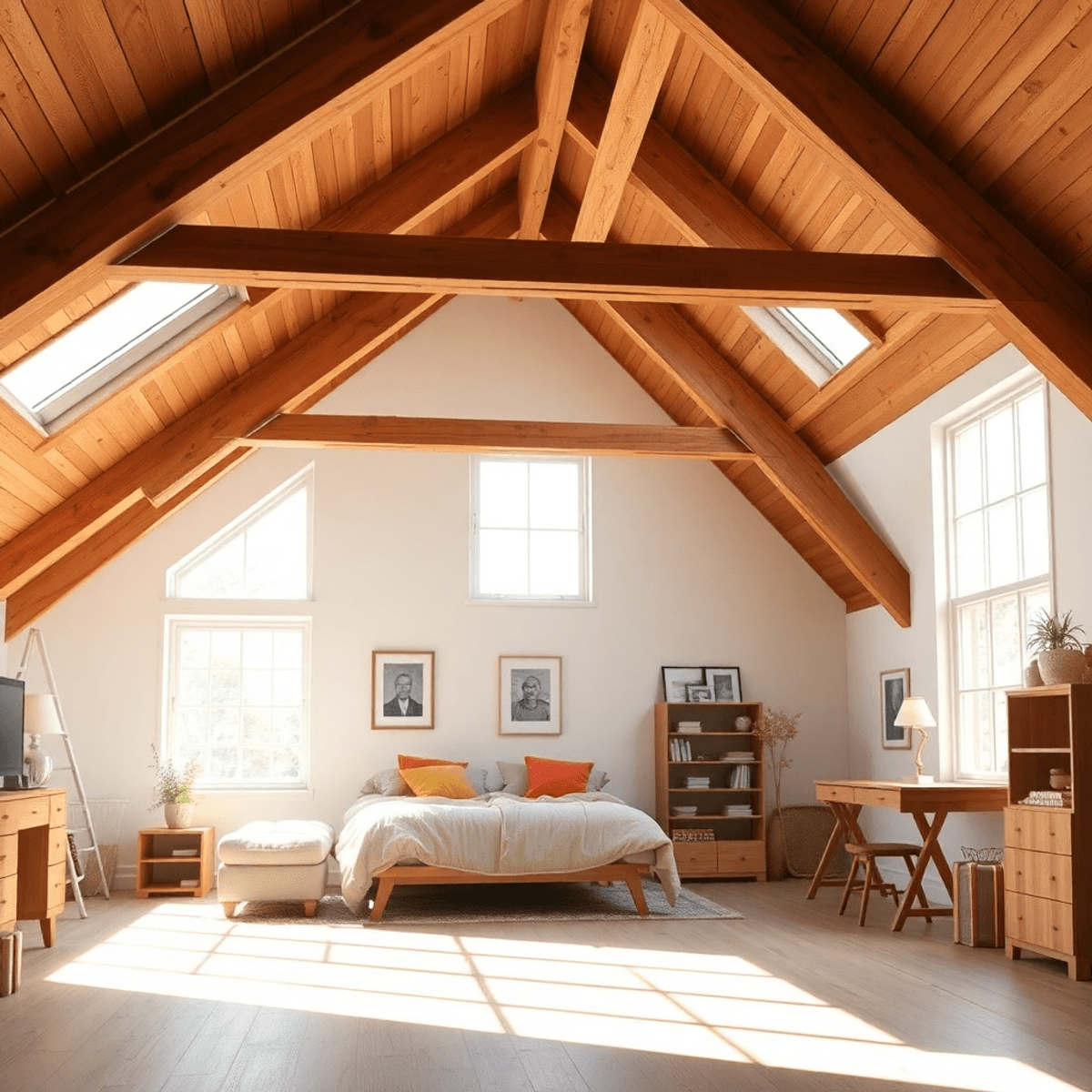2025 Bathroom Renovation Trends in Illinois: Spa-Like Upgrades on a Budget
Bathroom renovation trends in Illinois are rapidly evolving for 2025, driven by a clear homeowner desire to transform everyday bathrooms into spa-like retreats. Across Chicago and the Chicagoland area, there’s a notable shift toward upgrades that blend luxury with practicality—homeowners seek relaxation and modern comfort without straining their budgets.
2025 bathroom renovation trends in Illinois focus on:
- Spa-inspired features like walk-in showers, floating vanities, and bold fixtures
- Smart technology and eco-friendly materials that boost both efficiency and style
- Budget-conscious planning to ensure every dollar delivers value
You’ll discover:
- The top spa-like bathroom upgrades trending now
- Proven budgeting strategies for a budget bathroom remodel in Chicago
- Practical ideas that make high-end design accessible
This guide simplifies your renovation journey, highlighting what works best for Illinois homes aiming for luxury on a budget.
As you embark on this journey, remember that choosing the right materials is crucial. You can find valuable insights on choosing the best materials for your Illinois renovation.
Moreover, if your renovation plans include some structural changes or additions, it’s essential to consider the insurance work aspect of it. This could be particularly relevant if you’re planning to incorporate elements like a cedar pergola into your outdoor space as part of the overall home renovation.
Lastly, while this guide primarily focuses on bathroom renovations, it’s worth noting that many of the kitchen remodeling trends often align with bathroom trends, given the shared elements of style and functionality between these two spaces.
Understanding the Illinois Bathroom Renovation Landscape in 2025
Illinois home renovation costs, particularly in the bathroom sector, continue to shape how homeowners approach their remodeling projects. This trend is especially pronounced in the Chicago and Chicagoland areas, where a full bathroom remodel typically ranges from $17,000 to $40,000+. Costs fluctuate based on material quality, finish level, and project complexity. Higher-end selections or custom work can easily push budgets beyond the upper range.
Cost Variables: Rip-and-Replace vs. Gut Renovations
Two main approaches dominate bathroom renovations:
- Rip-and-replace: This method keeps the existing layout intact, swapping out old fixtures and finishes for new ones. It offers cost efficiency by minimizing changes to plumbing or electrical lines.
- Gut renovation: Involves stripping the space down to studs and frequently rerouting plumbing or electrical. Expect a 15–25% higher price tag than rip-and-replace projects due to additional demolition, labor, and materials.
Recent insights from homeowners who have gone through such remodels suggest that tight coordination between contractors, careful review of bids, and upfront discussions about permit needs help avoid delays and surprise costs. Many note that investing time in planning pays off. For instance, a Rogers Park homeowner shared their experience:
“We managed our renovation budget by sticking with a rip-and-replace plan and sourcing mid-grade fixtures—no surprises when it came time for inspections.”
Labor & Permitting Realities
Labor typically makes up 25–35% of total Chicago bathroom remodel prices. Highly skilled trades—plumbers, electricians—command premium rates in the Chicagoland area. Permits are required for any project involving:
- Plumbing alterations
- Electrical modifications
- Mechanical work (such as venting)
- Structural changes
Permit fees vary by municipality but should be factored into any realistic budget.
Exploring Other Home Renovation Options
While this landscape underscores the importance of smart budgeting and a clear understanding of local requirements before starting your own spa-like upgrade, it also opens up discussions about other potential renovations. For instance, if you’re considering expanding your living space alongside your bathroom remodel, you might want to explore different options like a finished basement or even a screened porch vs sunroom addition which could provide valuable extra space and enhance your home’s overall value.
If you’re specifically looking into bathroom remodels in Lindenhurst, understanding these cost variables and planning accordingly will be crucial for a successful renovation. Additionally, if you’re planning a more extensive remodeling project in Lake County, our comprehensive 2025 cost guide can provide valuable insights into budgeting effectively for such undertakings.
Key Trends Driving Spa-Like Bathroom Upgrades in Illinois for 2025
Spa-like bathroom features are defining home renovations across Illinois this year. Homeowners are transforming traditional spaces into private retreats by focusing on comfort, technology, sustainability, and striking design.
1. Smart Bathroom Technology
- Automated lighting systems adjust brightness based on time of day or occupancy, creating a soothing ambiance while saving energy.
- Heated floors add a layer of luxury, especially during cold Illinois winters; programmable thermostats ensure efficiency and comfort without driving up utility bills.
- Water-efficient fixtures such as touchless faucets and dual-flush toilets reduce water consumption, supporting both eco-friendly living and lower monthly costs.
2. Eco-Friendly Materials Illinois Homeowners Prefer
- Recycled glass or porcelain tiles provide durability and style while diverting waste from landfills.
- Low-VOC (volatile organic compound) paints improve indoor air quality and support sustainability goals.
- Bamboo and FSC-certified wood vanities offer renewable alternatives without sacrificing the spa-inspired feel.
3. Bold Design Accents on a Budget
- Matte black fixtures—faucets, showerheads, towel bars—deliver a modern edge that contrasts beautifully with lighter tilework.
- Vinyl flooring visually enlarge smaller bathrooms, create clean lines, and free up floor space for easier cleaning.
4. Popular Spa-Inspired Elements
- Walk-in showers featuring large-format tiles and built-in benches evoke luxury spas.
- Frameless glass enclosures keep sightlines open and highlight carefully chosen tile patterns.
- Steam units and compact sauna features are appearing in more mid-range remodels as manufacturers offer affordable options tailored to residential use.
The emphasis on these trends allows Illinois homeowners to achieve sophisticated looks and high functionality without exceeding budget limitations. This evolving design approach continues to shape the local renovation landscape. In addition to bathroom upgrades, homeowners are also exploring outdoor living trends to create backyard oases that complement their newly renovated interiors.
Budget-Conscious Material and Fixture Choices for Chicagoland Homeowners
Controlling costs starts with smart material selection. Access to budget bathroom materials Illinois homeowners trust has never been easier, especially with big-box stores like IKEA and Menards offering a range of visually appealing products at accessible prices.
1. Off-the-Shelf Materials
IKEA’s ceramic tiles, consistently available for under $5 per square foot, make it possible to cover large areas—shower walls, accent strips, or full floors—without sacrificing design. Standard subway tiles or large-format porcelain options from other retailers stretch your renovation dollars while keeping maintenance simple.
2. Affordable Fixture Brands
Mid-grade brands such as Design House and Kohler strike a balance between durability and aesthetics. Homeowners frequently pair affordable bathroom fixtures Chicago suppliers provide with higher-end accents like matte black faucets or rainfall showerheads for a curated look. These brands offer reliable warranties and modern designs without the markup associated with luxury imports.
3. Strategic Selections for Maximum Impact
Prioritizing high-touch surfaces—countertops, vanities, fixtures—ensures the spa-like upgrades stand out, even if some base materials are budget-friendly. Pairing less expensive cabinetry with statement mirrors or lighting instantly elevates appearance. For instance, bathroom countertop options such as laminate countertops with faux-stone finishes mimic the visual richness of quartz at a fraction of the price.
4. Mix-and-Match Tactics
Combining premium touches (frameless glass enclosures, designer towel bars) with economical base materials keeps costs manageable while achieving that “spa” effect so many homeowners want in 2025 Bathroom Renovation Trends in Illinois: Spa-Like Upgrades on a Budget.
Material choices directly influence both the look and final cost—smart sourcing and blending high-impact accents with everyday basics delivers style without overspending. Exploring options such as sustainable building materials can further enhance your renovation while being mindful of the environment. Additionally, considering unique features like a screen house in Gurnee, Illinois could add value and charm to your property.
Practical Design Strategies to Maximize Functionality and Style on a Budget
A well-planned bathroom layout transforms everyday routines into a relaxing experience, even when working within tight constraints. Across Illinois, functional bathroom design relies on thoughtful storage solutions and spatial efficiency, which play a pivotal role in both small and large remodels.
Maximizing Storage Space
- Incorporating [built-in niches](https://stonecabinetworks.com/smart-bathroom-storage-ideas-to-maximise-your-bath-space)—recessed shelves directly into shower walls or above vanities—eliminates the need for bulky organizers and keeps toiletries accessible but out of sight. This approach caters to storage optimization bathroom remodel Chicago needs, especially where space is at a premium.
- Floating vanities offer another way to reduce visual clutter. By mounting cabinetry off the floor, you create an airy feel and open up valuable floor space for baskets or extra shelving underneath.
Optimizing Layout for Spatial Efficiency
- Retaining existing plumbing lines remains one of the most effective ways to control costs during renovation. Adjusting layouts minimally allows you to focus your budget on finishes and fixtures instead of expensive behind-the-wall work.
- For small bathroom spa ideas, consider compact corner sinks or wall-mounted toilets that free up square footage without sacrificing usability.
Phased Remodeling Approaches
- Many Illinois homeowners opt for phased renovations when tackling larger projects. You can start with essential upgrades—like replacing outdated fixtures or adding new tilework—then move on to more ambitious changes as budget permits.
- This staggered investment strategy gives flexibility while ensuring each stage delivers tangible improvements in comfort and style.
Designing with these strategies helps achieve a spa-like ambiance that feels both functional and luxurious, even in compact city spaces or older suburban homes.
Managing Renovation Costs Through Smart Planning and Contractor Selection
Bathroom renovation budgeting in Illinois starts with a clear financial plan. Setting a realistic budget early in the process lets you prioritize upgrades, avoid scope creep, and reduce stress during the remodel. Most experienced homeowners recommend allocating an additional 10-20% of your total budget for unexpected expenses—structural surprises behind walls, permit delays, or shifting material prices are common culprits.
Choosing contractors in Chicago requires careful consideration:
- Specialization matters: Look for contractors who focus on kitchen and bath renovations. For instance, if you’re also considering a kitchen remodel, you might want to consult a local expert kitchen remodeling contractor in Wauconda. These professionals understand the specific plumbing, waterproofing, and ventilation needs unique to bathrooms.
- Knowledge of local codes: Experienced remodelers know Illinois’s permitting requirements inside out, from plumbing inspections to electrical sign-offs. This cuts down approval wait times and prevents costly compliance issues.
- Transparent estimates: Clear breakdowns of labor, materials, and permit costs help you compare bids accurately. Avoid vague or lump-sum quotes that can hide fees.
Homeowners across Chicagoland share similar advice for remodeling cost management tips:
“Interview at least three contractors before signing anything. Ask for references—and actually call them. Seeing photos of past projects isn’t enough; talk to previous clients about punctuality, communication, and how unexpected issues were handled.”
Check online review platforms like Houzz or Angie’s List for red flags or standout recommendations. Reliable contractors typically have a strong track record with verified local projects.
Collaboration between you and your contractor is essential for keeping both costs and expectations aligned throughout the renovation process. Frequent check-ins during the project ensure that small changes don’t snowball into expensive surprises.
In addition to managing costs, it’s also crucial to maintain cleanliness during the renovation process. Here are some helpful tips to keep your kitchen counter neat and clean amidst the chaos of remodeling. If you’re considering a kitchen remodel alongside your bathroom renovation, be sure to view some successful kitchen remodel projects in Fox Lake for inspiration.
Case Studies: Successful Spa-Like Bathroom Remodels on a Budget in Illinois Homes
Creative Approaches from Local Renovations
Illinois bathroom remodel examples reveal that you don’t have to sacrifice luxury for cost savings. In Naperville, a 1980s guest bath was transformed into a spa-inspired oasis for under $18,000. The homeowner chose large-format matte porcelain tiles from IKEA priced at $4.75/sq ft and paired them with mid-range Delta fixtures. A floating vanity provided both visual impact and extra storage, while pre-fab frameless glass enclosures delivered the upscale look of custom glass without the price tag.
A Rogers Park condo owner tackled a primary bath gut renovation with a budget just under $25,000. By maintaining existing plumbing lines and focusing investment on smart upgrades—like programmable heated floors and low-flow Moen shower systems—they achieved both energy savings and daily comfort. The use of recycled glass tiles (under $6/sq ft) gave the shower an eco-friendly boost without overspending.
Homeowner Testimonials: Balancing Aesthetics and Budget
“We wanted something modern but didn’t want to break the bank,” says Lisa M., who completed her Chicago bungalow’s bathroom update using Kohler’s mid-tier fixtures and IKEA cabinetry. “The floating vanity made the room feel bigger, and using builder-grade subway tile in a herringbone pattern gave us that high-end look.”
Another satisfied couple in Oak Park shared:
“Working closely with our contractor helped us identify where it made sense to splurge—frameless glass—and where to save—off-the-shelf vanities. The whole process stayed within our target budget because we planned every detail up front.”
Lessons Learned from Real Projects
- Prioritizing Upgrades: Homeowners found value in investing where it counts—showers, vanities, lighting—while choosing standard finishes for less critical areas.
- Contractor Collaboration: Early communication about expectations and budgets led to fewer surprises. Sourcing references and reviewing past projects proved invaluable.
- Permitting Preparedness: Familiarity with City of Chicago permitting guidelines prevented costly delays during plumbing and electrical updates.
Additional Remodeling Insights
For those considering more extensive renovations beyond just the bathroom, Rohrer for Construction offers valuable resources on various remodeling topics. This includes insights on how to make an old Illinois basement look new and modern, transforming underutilized spaces into functional parts of your home.
Also worth considering are home expansion options such as second-story additions or main-floor expansions, especially for those looking to increase their living space in Lake County homes.
Sources For Data Referenced In Article
Remodeling Magazine’s Cost vs. Value Report – Midwest Region (2024 Edition)
Local Chicagoland Contractor Surveys & Homeowner Testimonials (2023–2024)
Brand Pricing Information – IKEA Tiles & Fixtures from Delta/Moen/Kohler Official Retailers
City of Chicago Permitting Guidelines – Plumbing & Electrical Renovations (2024)
Industry Reports on Smart Home Technologies & Eco-Friendly Building Materials (2023)
FAQs (Frequently Asked Questions)
What are the key bathroom renovation trends in Illinois for 2025?
In 2025, Illinois homeowners are embracing spa-like bathroom upgrades that combine luxury with budget-conscious choices. Trends include smart bathroom technology like automated lighting and heated floors, eco-friendly materials such as recycled tiles and low-VOC paints, and bold design accents like matte black fixtures and floating vanities.
How much does a full bathroom renovation typically cost in Chicago?
Full bathroom renovations in Chicago generally range from $17,000 to over $40,000 depending on the scope and finishes chosen. Gut renovations can increase costs by 15-25% compared to rip-and-replace projects, with labor accounting for about 25-35% of the total budget.
What budget-friendly materials and fixtures are recommended for Chicagoland bathroom remodels?
To maintain a spa-like feel on a budget, Chicagoland homeowners often use off-the-shelf materials from big-box stores like IKEA, offering tiles under $5 per square foot. Mid-grade fixture brands such as Design House and Kohler provide a balance between quality and affordability compared to luxury alternatives.
How can I maximize functionality and style in a small Illinois bathroom renovation?
Maximizing storage with built-in niches and floating vanities helps reduce clutter while enhancing usability. Planning layouts that optimize spatial efficiency—such as maintaining existing plumbing lines—can control costs. Additionally, phased remodeling approaches allow spreading investment over time for larger projects.
What should Illinois homeowners consider when selecting contractors for bathroom renovations?
Homeowners should set realistic budgets including contingency funds of 10-20% for unexpected expenses. Selecting experienced contractors specializing in kitchen and bath renovations who understand local Illinois regulations and permitting processes is crucial. Vetting contractors through references and previous project reviews is highly recommended.
Are there examples of successful spa-like bathroom remodels on a budget in Illinois?
Yes, recent Chicago-area remodeling projects have demonstrated creative use of budget-conscious materials achieving luxurious outcomes. Homeowner testimonials highlight satisfaction with balancing aesthetics and functionality without overspending. Lessons learned emphasize thoughtful design choices and strong contractor collaboration contributing to successful results.
news via inbox
Nulla turp dis cursus. Integer liberos euismod pretium faucibua








